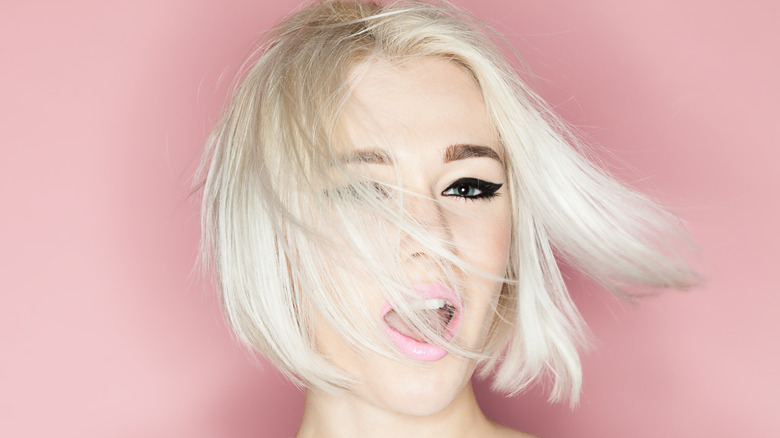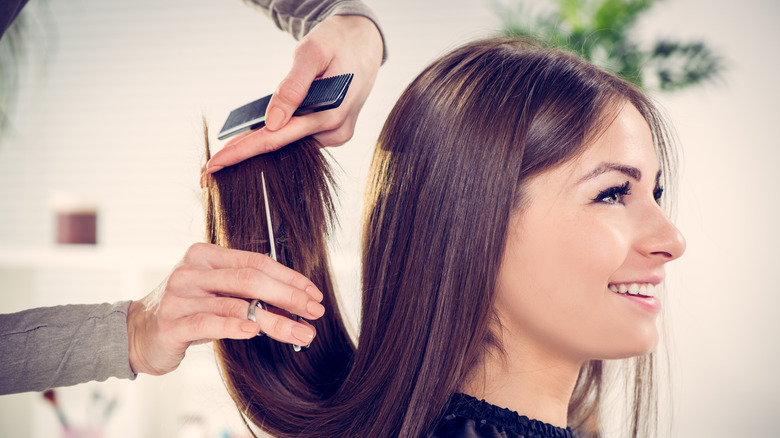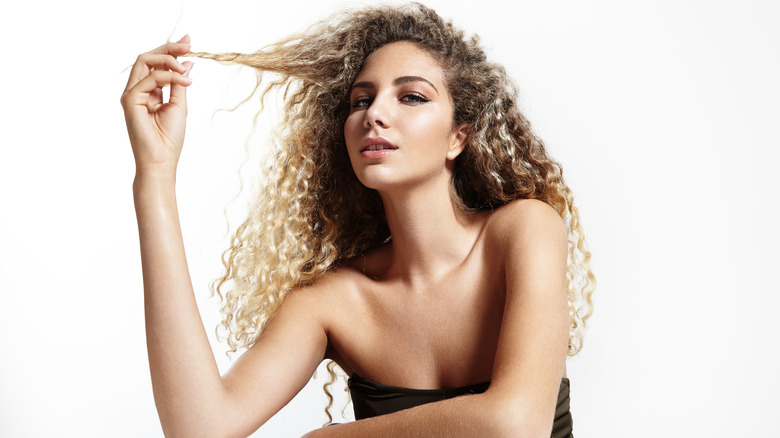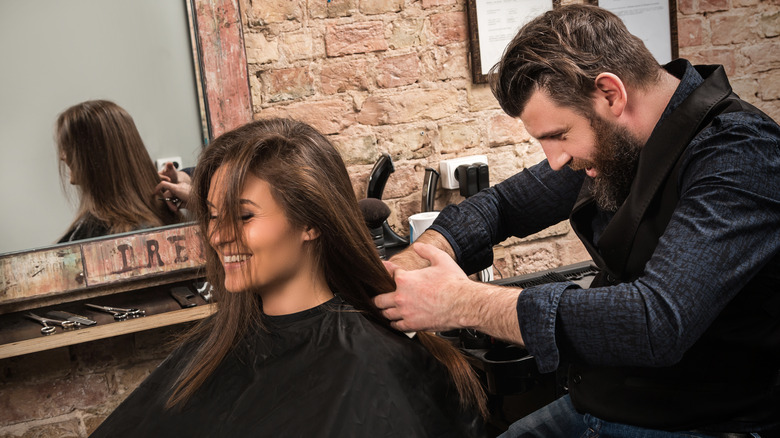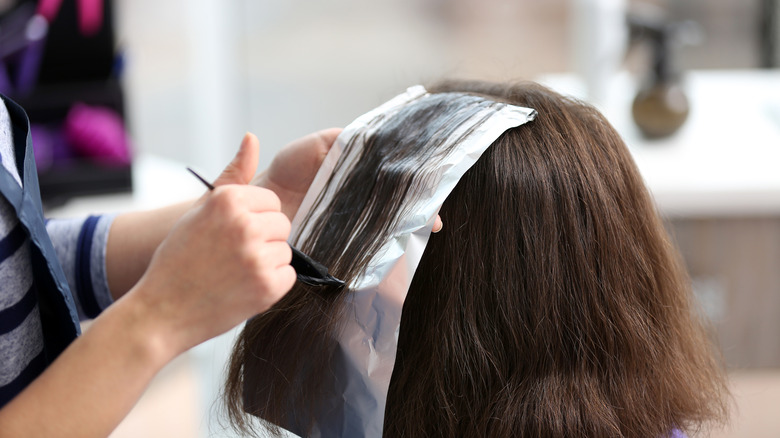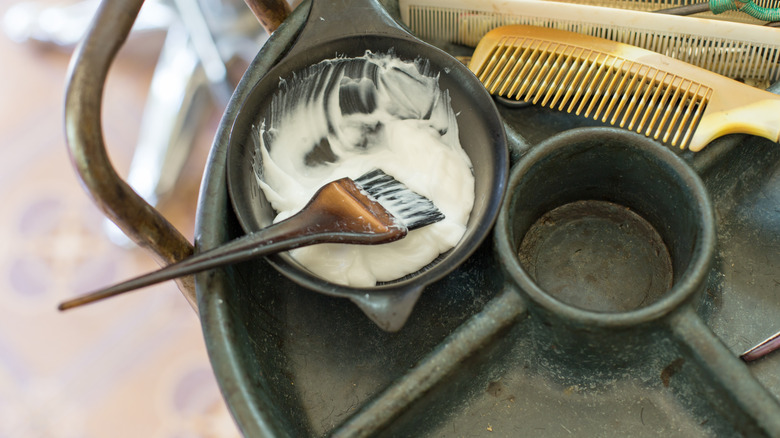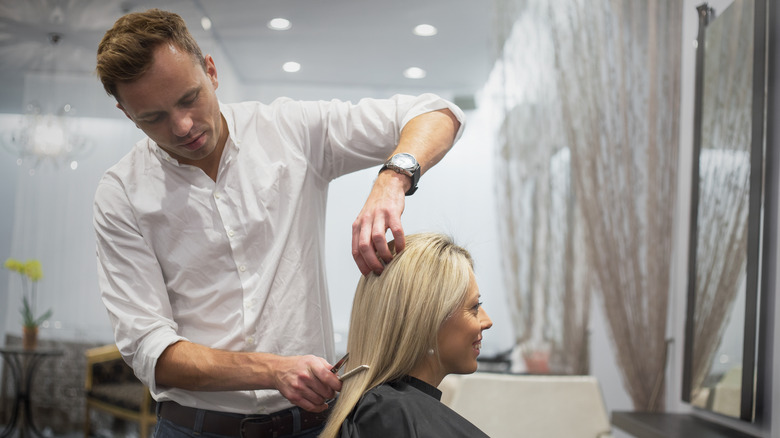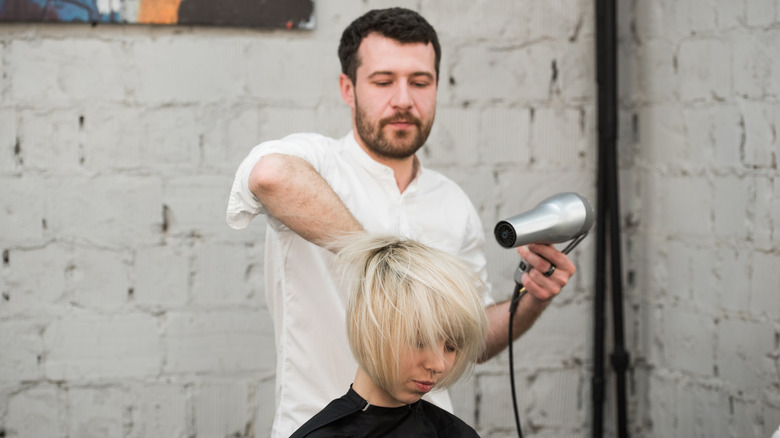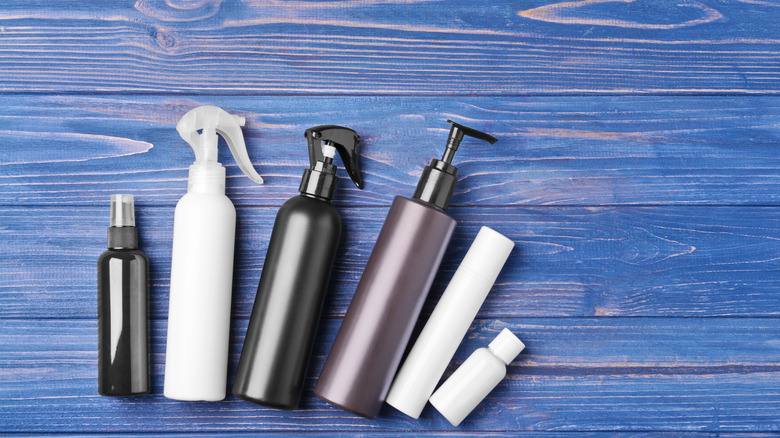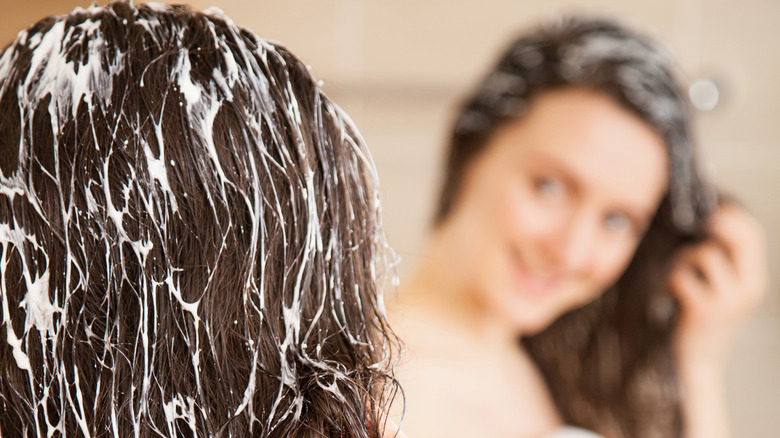Questions You Should Be Asking Your Hairstylist
Hair is a major part of your identity. Whether you stick to one style or you experiment with different looks, what you do with your hair helps demonstrate a little piece of who you are to the outside world. This is why it is so important to make the most out of your hair appointments. So how do you do that? Just like most other things in life, it's all about asking the right questions. I spoke to a handful of hairstylists to get their expert take on questions they've had clients ask or wish they would. See what they had to say and so you can guarantee your next appointment is a major success.
How can we customize my haircut to best suit my face shape?
Unfortunately, just because you like a certain cut doesn't mean it'll necessarily work for you and your face shape. "What looks good on Beyonce may not look good on you," explains Dana Caschetta, hair stylist and national trainer for Eufora International. That doesn't mean you have to completely say goodbye to the cut you love. Instead, Caschetta recommends bringing in a photo of the cut you're looking for and ask the stylist to customize it for you. "The little details of the fringe or face framing can be tailored to an individual's face shape." Any good hairstylists will know how to make what you want work best for you.
Will the haircut work with my natural hair texture?
The same hair cut can look very different on different hair textures, which is why it's just as important to talk texture as it is face shape. Of course, you can change up texture by adding a wave or straightening it, but you have to consider if you're someone who is willing to put in extra time. "If you're not a woman who spends a lot time on her hair, a hair cut which is not suited to your natural hair texture, will end up being more work for you," celebrity stylists Nelson Vercher explains.
Will this cut or style work for my lifestyle?
It's not just about how everything looks. Lifestyle is also a main aspect you have to consider when changing things up. For instance, if you want to cut your hair short, but you work out often, will you be annoyed if you can't put it up in a ponytail? This is the type of thing you need to talk through with your hairstylists. "When you are in the salon, be sure to sit and discuss your hair before you get sent back to get shampooed," explains George Gonzalez, celebrity stylist and owner of George the Salon Chicago.
"Make sure your stylist connects with you and understands your needs. It is up to you to make sure you are being heard." He stresses that you shouldn't be afraid to say no when discussing this and your stylist doesn't get what you're saying. "It is a stylist's responsibility to understand your language and what you are describing when it comes to your hair."
What hair color complements my skin tone best for this season?
Face shape is to cut what skin tone is to color. Depending on your skin tone, certain colors and shades of hair are more flattering. On top of all that, you have to take into account the time of year it is. "Our skin tones change from season to season so not only should you ask for a complementing hair color for your skin tone, but to be mindful of the upcoming season and if your skin will darken or warm up." Caschetta explains. "Same goes with heading into winter when your skin naturally gets lighter." So instead of simply considering about your skin tone, remind the colorist that summer is coming, and your skin gets a certain amount darker, or winter is approaching and vice versa.
Which hair color tones look best with my eye color?
To ensure you're getting a color that will improve your overall look, you should speak with a professional who can see and evaluate all your undertones, including your eye color. "I like to look deeper into my guest's eye color, sometimes I find the tiniest spec of yellow or deep blue within the iris of someone's eye and can add some complementary tones to make it pop," explains Caschetta. While this question may not be the most important, taking it into consideration will ensure that your hair color is that much more unique and fitting to your overall coloring.
Will this color affect my natural texture?
While we're on color, there can also be negative side effects of coloring that have to be covered with your colorist beforehand. While this may not be as straightforward as the other questions, Vecher explains that it is just as important. "As far as color, if you love the way your natural hair texture feels, before you commit, ask your colorist what to expect in terms of the quality of hair texture after the color is applied," he says. "Color can alter the feel of your hair, so this question can help you make the best, and right decision." Even if you'd rather not have a change in hair texture, if you decide you're okay with that possibility and want to give it a go, at least you will have talked it through with the professional so you aren't surprised by the result.
What is the upkeep required to maintain my cut/color?
Again, you have to know yourself and the commitment you're willing to make for a new cut or color before getting it done. "People get so excited for a change that they may ask for an extreme cuts and/or colors. Yet they often don't realize how frequently they will need to visit the salon to maintain their new style," says hairstylist at Bellus Academy Michael Stewart. This is why it's so important to discuss this detail beforehand. "Your look should to be conducive with your lifestyle, schedule, and budget," Caschetta further explains. "Opening this discussion about will allow your stylist to make adjustments to your color and haircut to work within your needs."
How can I recreate this style at home?
We've all been there — where our hair looks perfect and gorgeous stepping out of the salon. But as soon as we shower and restyle it ourselves, it looks like a completely different hairstyle. This can be both frustrating and disappointing. Stylists get this! This is why you need to ask, before leaving, how you can recreate it at home. "As a hairstylist, my clients are my walking advertisements," explains Stewart. "I never hesitate to put my blow dryer and brush in my clients' hands to teach them how to blowout their hair." Caschetta agrees, "Your stylist will be happy to give you tips and tricks that are easy to execute at home to make sure the hair doesn't just look good when you step out of the salon, but instead all the way until your next appointment."
What styling tools/products will I need to duplicate this look?
This is really an extension of the previous question about technique and how to recreate your look at home. Of course, certain salons have certain product lines they carry and use. However, if you get basic recommendations such as pomade or volumizer, you can shop based on your own budget and preferences. On top of that, tools are just as important as products. However, you may want to get into more than just the basics in this area. Dig into the details and specifics of your look with your stylist as much as you can — that can make all the difference. "Be sure to ask about what size round brush or what type of bristles you should use for your hair type," explains Caschetta.
What is your professional recommendation for home care?
Styling isn't the only thing to focus on when you get home. The health of the hair overall is just as important, if not more. "Taking care of your style or hair color at home is crucial to the longevity and over-all maintenance of your look," Caschetta explains. "Your hairstylist isn't just trying to sell you product, they are trying to help you maintain your look until your next appointment. Being specific with at-home regimen from shampoo to styling and finishing products can make all the difference." After all, healthy and strong hair equals beautiful hair.
Just ask!
Whatever question comes to your mind, it never hurts to ask. These are just key jumping-off questions. When it comes to hair styling, communication is key and questions are a great way to fuel that relationship with your stylist. It's so important to make sure you're both on the same page. After all, hairstyling and coloring are each an art. Most professionals in the industry take great pride in their work and will want you to love the result.
